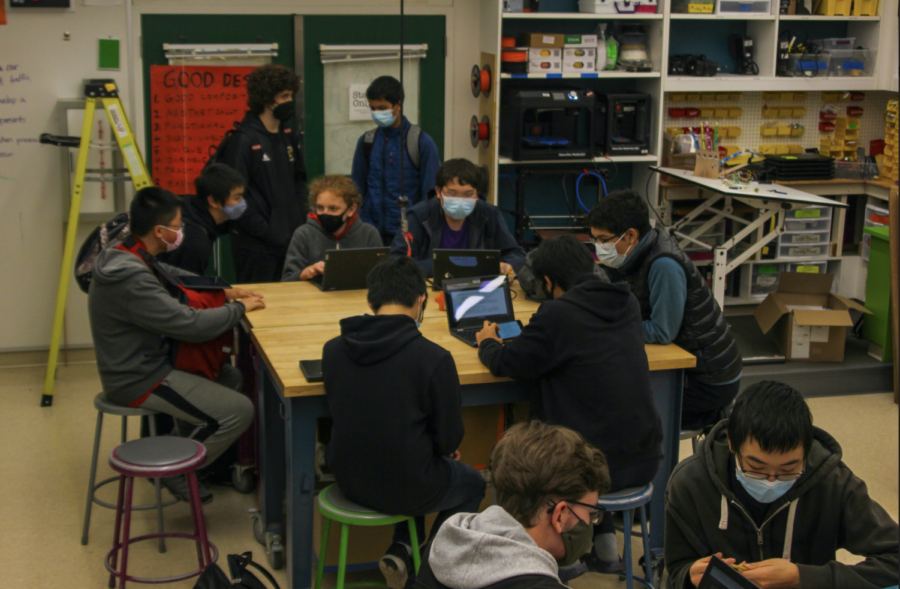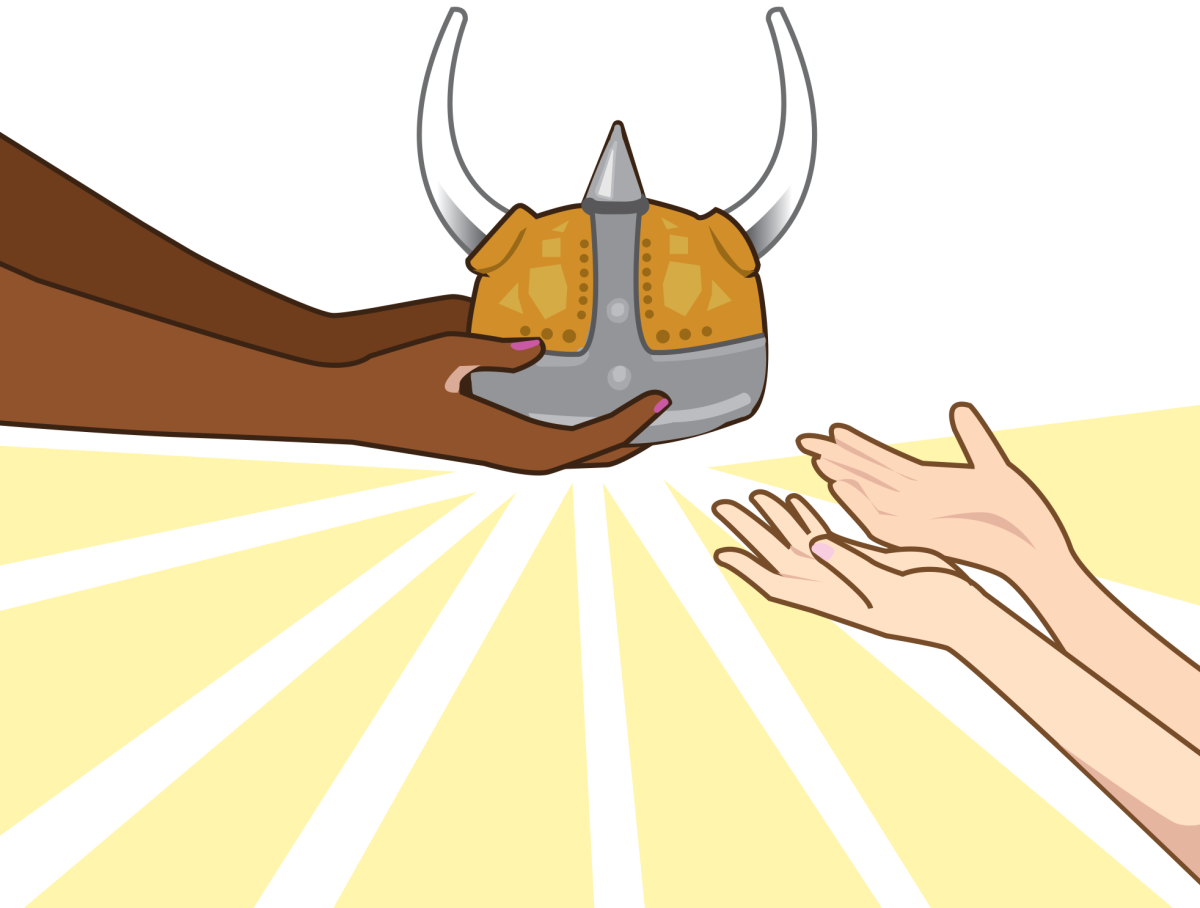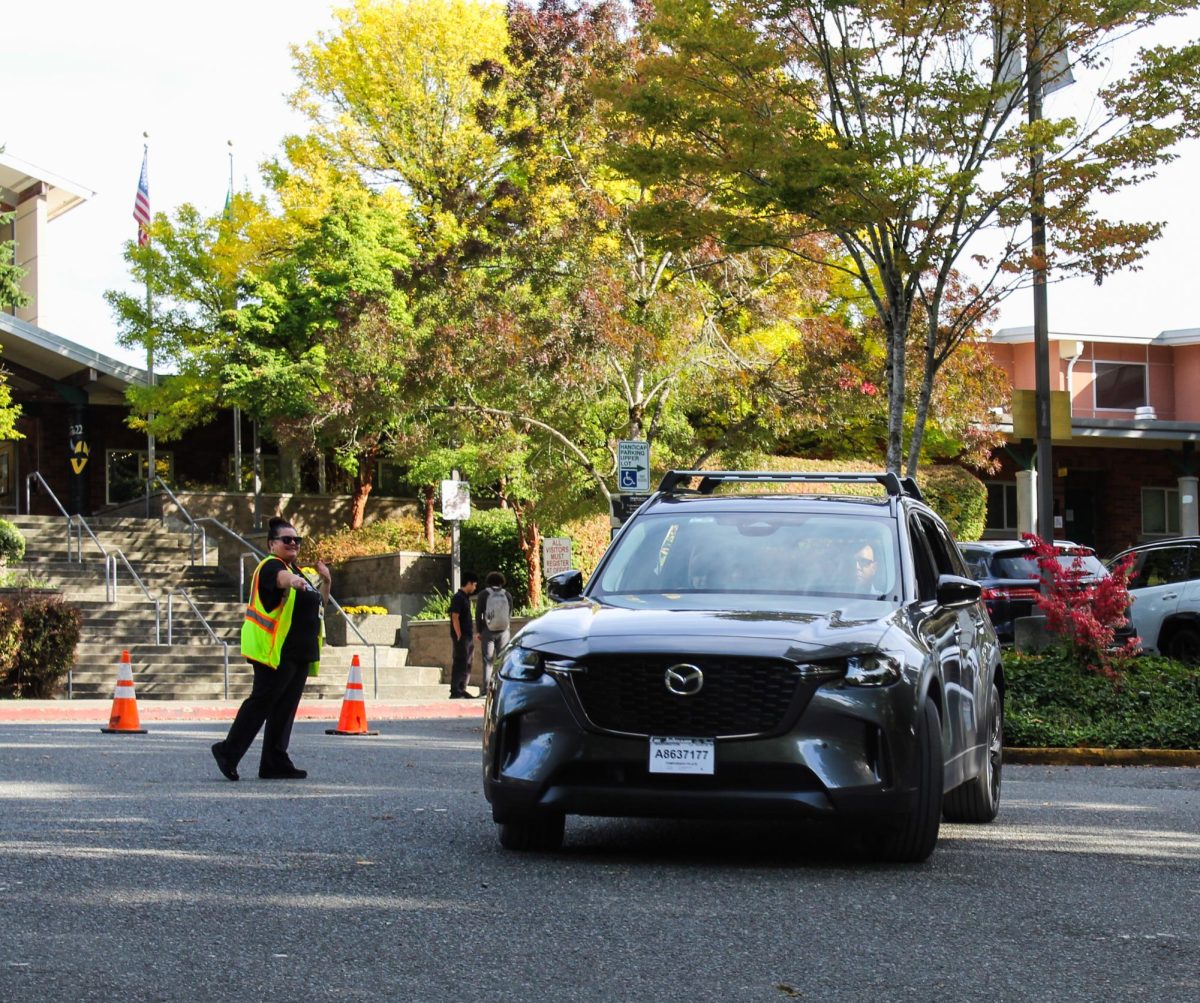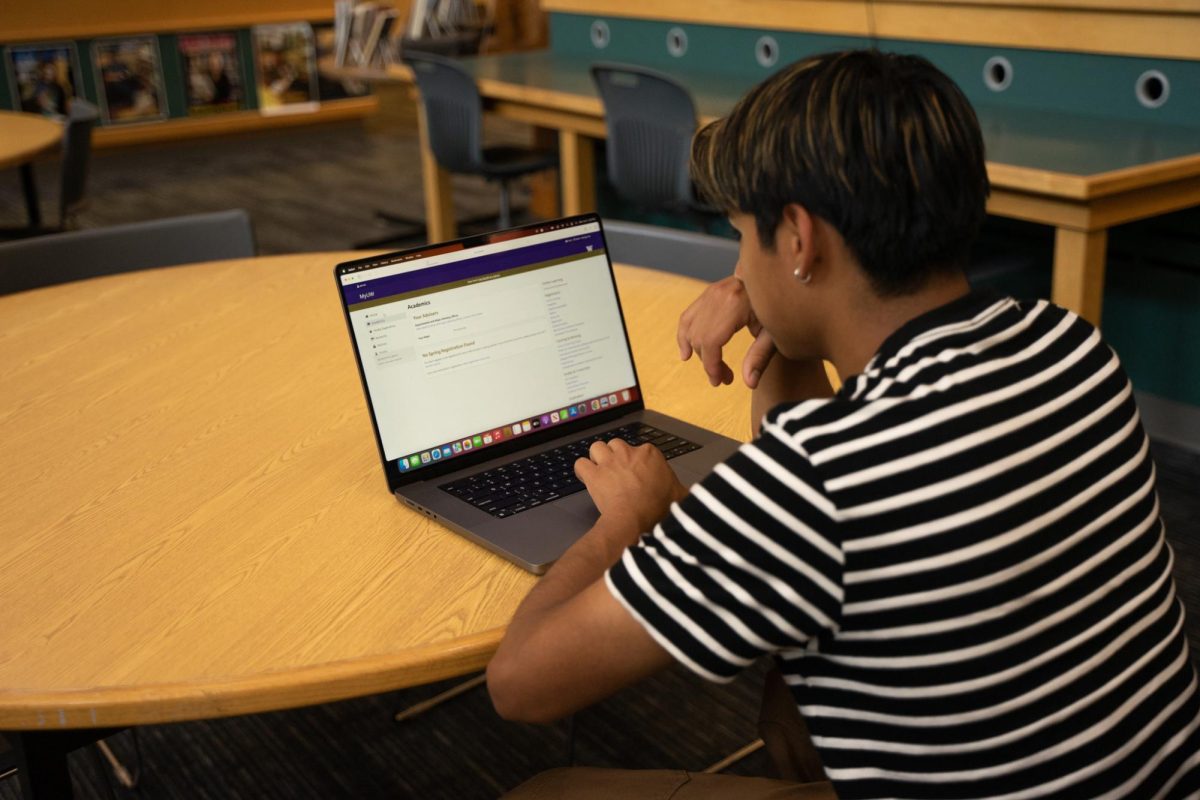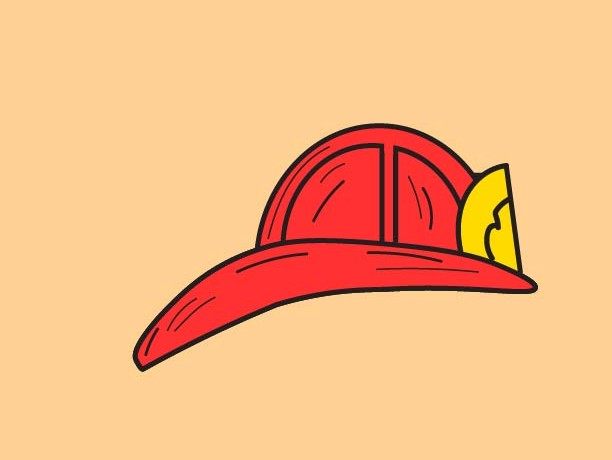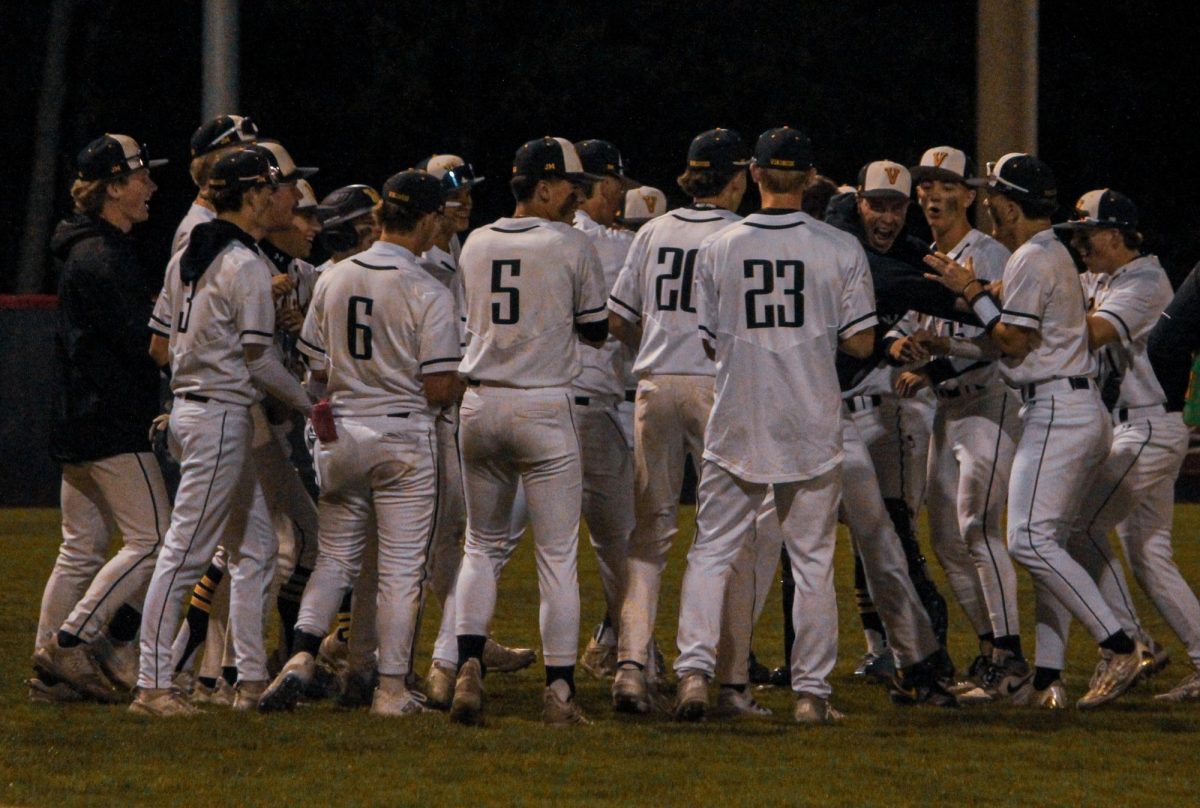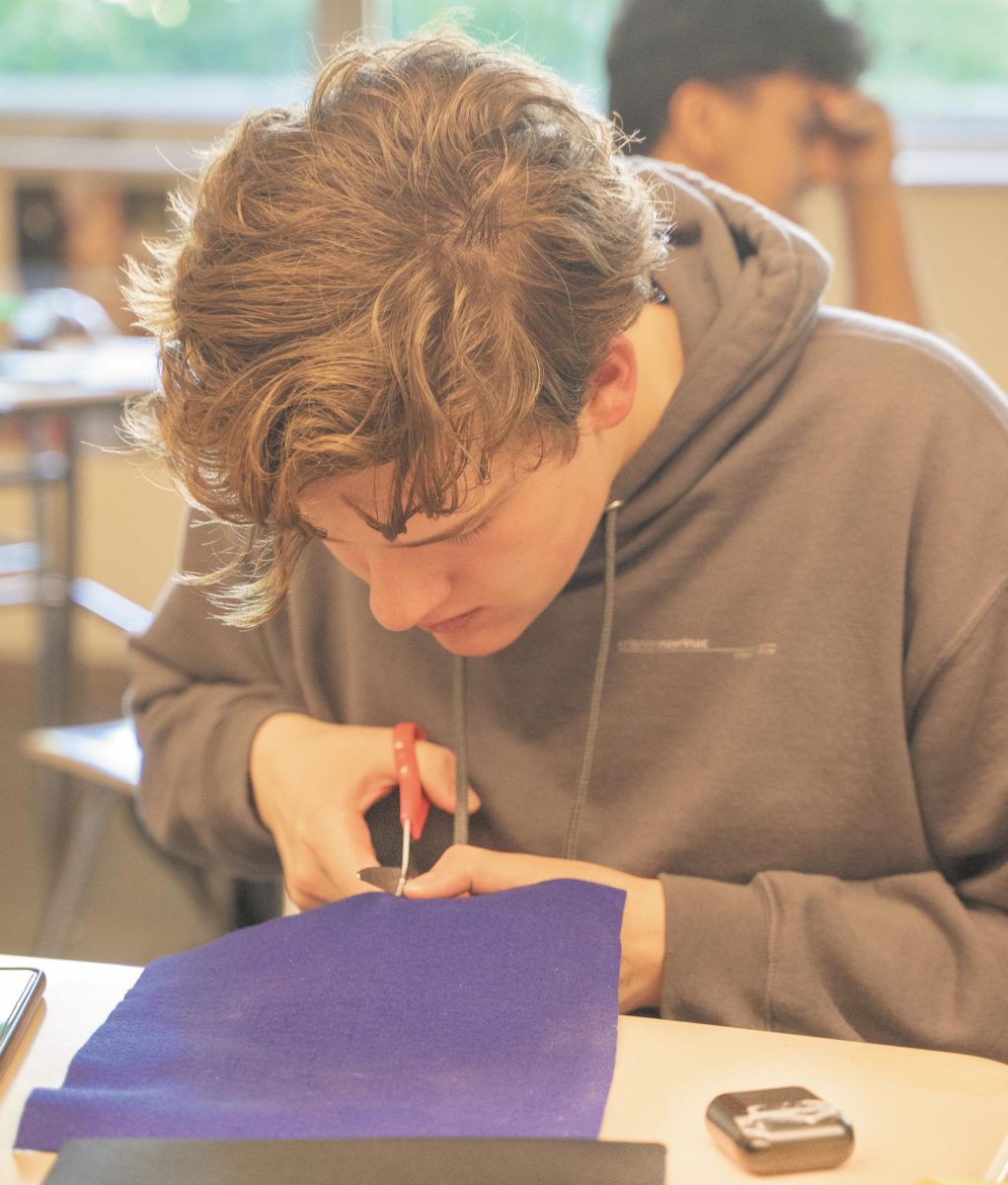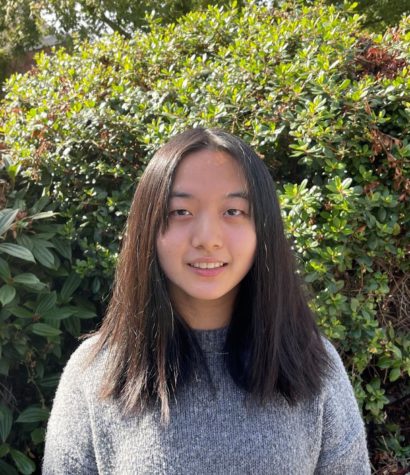In the 2020-2021 Inglemoor Strategic Action Plan, one of the top goals of the administration was to
increase student participation in clubs. Strategic Action Plans are developed by the school annually to address
opportunities for improving student engagement. However, clubs had a downfall in membership during virtual
learning, but they are gradually recovering since students have returned in person.
“With the 2021 school year, we were trying to think of how we can keep students best engaged
in school during a remote setting,” Principal Adam Desautels said. “At this time, there were no extracurricular
activities except for club meetings, so it was essentially one of our very few avenues to get kids engaged in
something that they enjoyed.”
Beyond engaging with school, clubs can give students opportunities to bond with peers that have similar
interests, network, a break from their studies, enhance their resumes and develop teamwork skills. Additionally,
research shows that there is a positive correlation between extracurricular activities and academic success.
“Clubs are super important to the environment and school mentality at a school. They give a student a way
to feel connected to other students that are similar to them,” ASB and clubs coordinator Elisabeth Kowalski said.
Despite the efforts to attract students to the idea of virtual clubs, a meeting on Zoom wasn’t the
same as a face-to-face one.
“A lot of the time the Zoom meeting can be dominated by one or two voices,” said Desautels.
Because of the low interactivity of online club meetings, students frequently lost interest in club
participation, creating a decline in membership for many clubs.
“As far as the decrease in members, I think one main reason is stress. Students are overwhelmed, especially
since it’s been a year and a half since most students have been in the classroom,” DECA advisor Andrea Egan said.
“This year, the school district is paying the membership fees and conference registration fees for all clubs.”
Impediments for joining a club included money, but the issue is somewhat alleviated this year. Although the
district is not funding all club fees — only those with a career technical education designation — the school expects
that this will help membership growth. In addition, clubs that barely need any funding are thriving. In this context,
the non-competitive clubs are at an advantage compared to competitive clubs. One club whose membership recently
skyrocketed is the art club.
“One thing our club does that makes it stand out is the really chill environment. This increase in members
is likely due to the fact that we’re out of quarantine,” Darren Tai, Art Club President said. “We were one of the only
clubs that had a substantial interaction with members during quarantine. I think the best way to get students to come
back to your club is just to speak with them outside of club hours. We have a Discord server where we just talk about
art all the time, and I feel like that fuels the passion to come back here.”
Kowalski said she agrees the best way to gain student interest is through afterschool conversations.
“I don’t think we have a really good way to advertise clubs to students during school hours.
Club fairs could be great for some kids, but if you’re not extroverted or excited about specific clubs, you
may not benefit from them,” Kowalski said.
Co-president of Science Olympiad Naomi Nam believes that club fairs are a major avenue of club
promotion. For one week at the beginning of the school year, club executives stood out in the courtyard during
lunch, attempting to advertise their clubs with poster board displays and pieces of candy.
“[The administration] has tried increasing involvement through ASB club fairs. Mrs. Kowalski gave us the
ability to promote through club fairs for a week, which is really nice because we only got to do it for one day in past
years,” said Nam.
Additionally, GMI (the school wide video series) sometimes helps promote clubs by highlighting the
accomplishments of members. The school also allows students to plaster flyers over classrooms and pillars with ASB
approval. Club leaders appreciate these efforts the school has made, but they also believe that more support gets
allocated to sports.
“We always hype up football, but many school clubs are unknown. We have not witnessed the school
pushing for club awareness,”JSA President Taniish Agarwal said. “We’re only allowed to post flyers on a select few
school pillars. There is equality where everyone gets to put up 15, but is it worthwhile to let the top clubs also put up
15, but all the small clubs that are on life support put up the same number? Smaller clubs should be given a higher
priority because we cannot compare in funding or manpower.”
COVID-19 has had drastic effects on all clubs, large and small, but some are down to only two to four
members.Without additional funding, promotion opportunities, flyers, and teacher assistance, these clubs will
unfortunately be forced to discontinue. Student feedback is essential for the school to meet their Strategic Action
Plan goals.
I plead to the Inglemoor community and staff members to please have the small clubs pushed forward first,”
Agarwal said. “Everyone knows about big clubs, but the smaller clubs who barely get noticed are the ones who
might be doing something very intuitive that other students might be interested in.”



